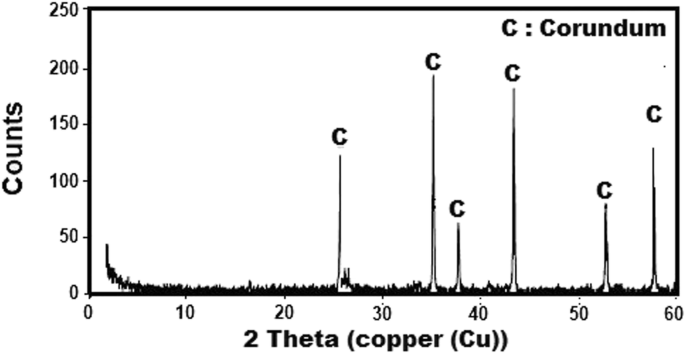As The Porosity Of A Refractory Ceramic Brick Increases The

E porosity does not affect the thermal conductivity of the ceramic materials.
As the porosity of a refractory ceramic brick increases the. Refractory bricks its high thermal conductivity must be reduced. More important is porosity becoming material s defects can cause stress concentration and decrease. As the porosity of refractory ceramic bricks increases the. Reduce kiln fire bricks porosity is beneficial to improve refractory material s refractoriness under load and high temperature creep resistance.
Thermal conductivity can be reduced by adding pore forming agents waste material to the bricks. A strength decreases and thermal insulation increases. Thermal conductivity of ceramic materials is a function of their porosity or bulk density 7 8. This method was successfully applied.
As the porosity of refractory ceramic bricks increases a. Strength decreases chemical resistance increases and thermal insulation decreases. D strength increases and thermal insulation increases. Effect of coarse pores is more significant.
Strength increases chemical resistance increases and thermal insulation decreases. However if the porosity of conventional low cost refractory bricks can be increased both the insulation properties and performance at both room temperature and elevated temperature might be improved and thus refractory bricks can become a viable replacement. Strength decreases chemical resistance decreases and thermal insulation increases. As the porosity of a refractory ceramic brick increases a strength decreases chemical resistance decreases and thermal insulation increases b strength increases chemical resistance increases and thermal insulation decreases c strength decreases chemical resistance increases and thermal insulation decreases.
To reduce this thermal conductivity by increasing the porosity a gs gelation of slurry method that can produce high porosity solid foam was applied here to produce the alumina refractory brick.


















